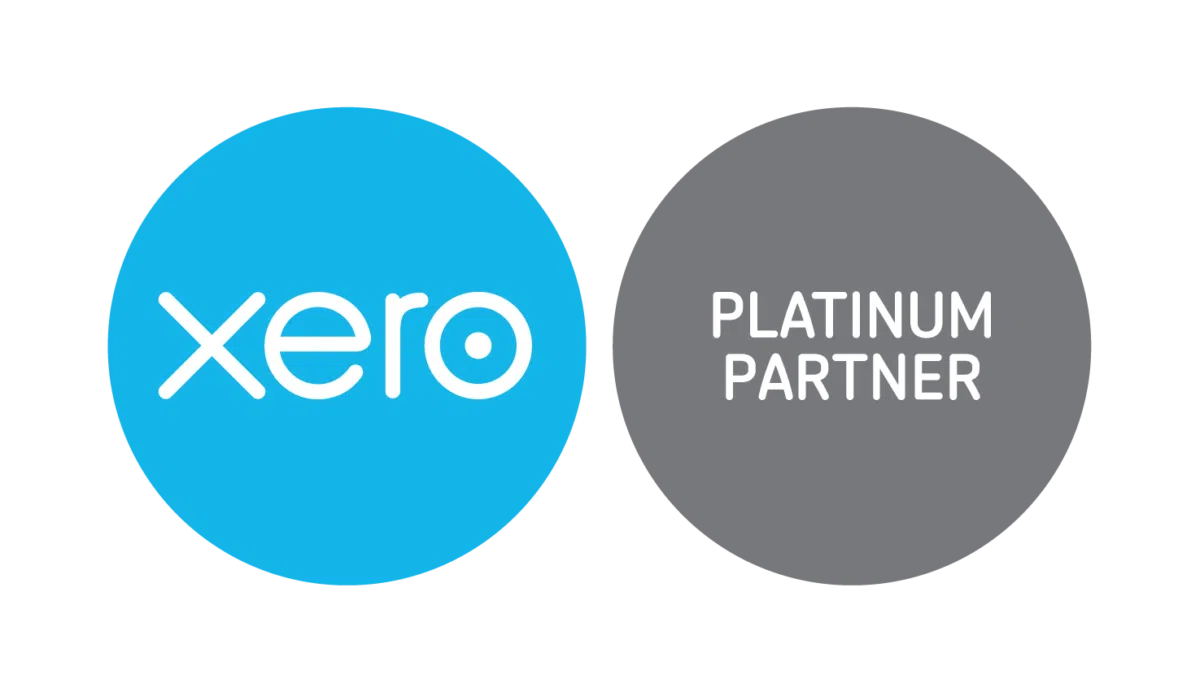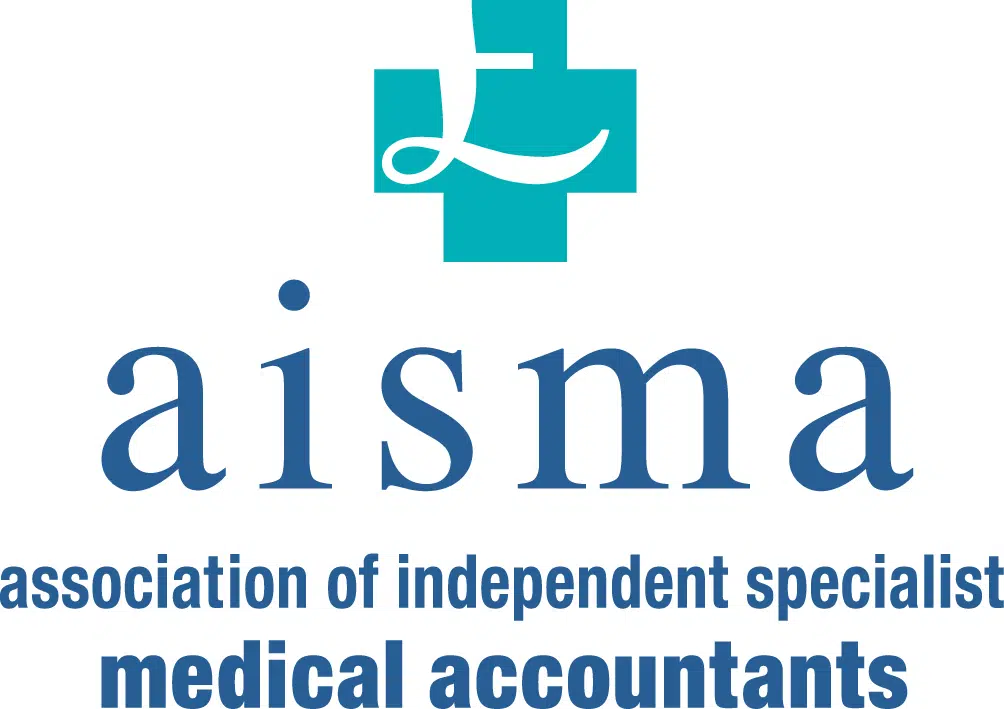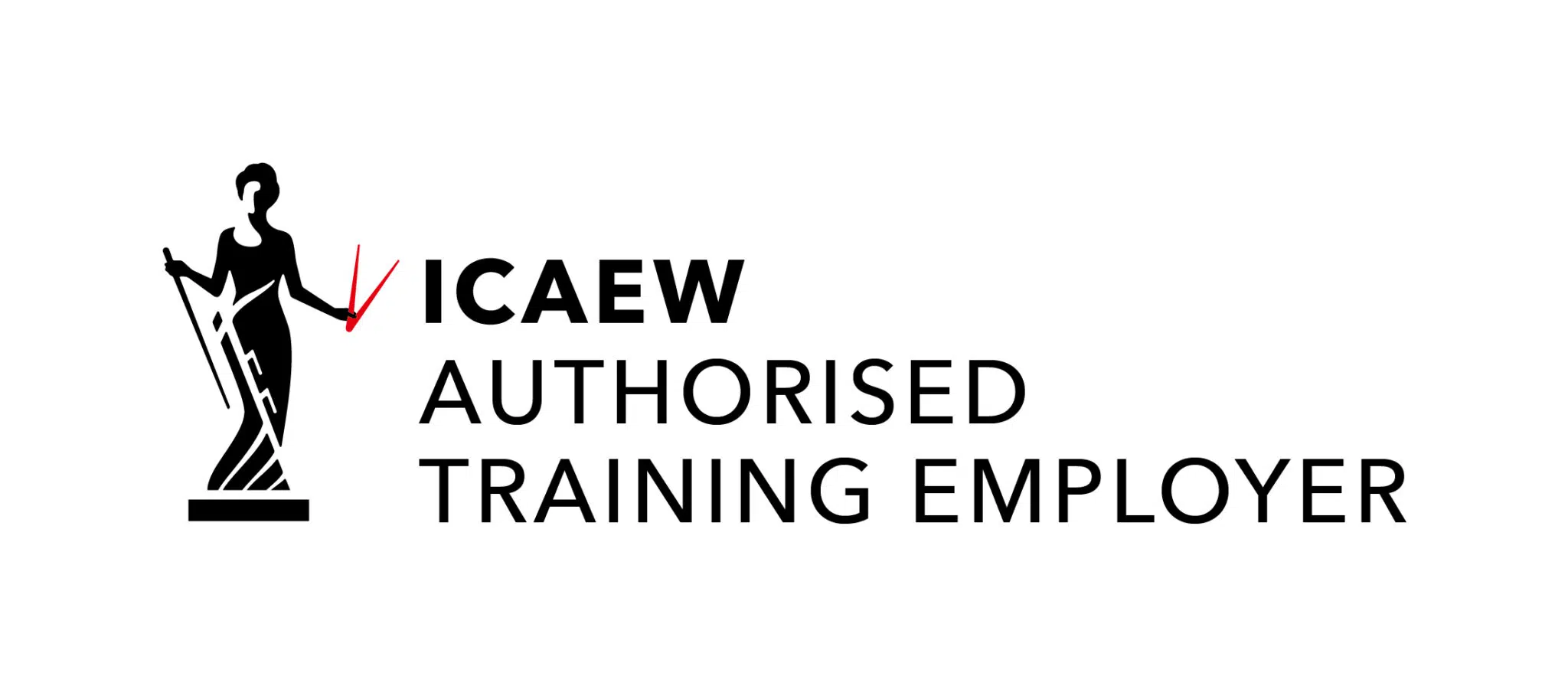Tax-efficient pension contributions for your partner
Published: 19th July 2023
A business associate says he gets a tax break by getting his company to pay a pension contribution for his spouse who’s currently not working. Is this something you should be considering?
Pension contribution limits
You’re probably aware that individuals aged under 75 can, in theory, pay unlimited amounts into a registered pension scheme and, within limits, obtain tax relief for this.
In practice, however, pension companies will not usually accept contributions in excess of the amount which can qualify for tax relief. For each tax year that is the greater of £3,600, your UK taxable employment income or profits from business, but capped at £60,000.
Anyone can pay into a pension for someone else and receive tax relief for doing so. For example, you could pay a contribution for your spouse or unmarried partner or your company could do the same.
Example. Tom, who owns and manages his own company, is married to Eva who currently has no taxable income. Tom can help Eva build a pension fund while she’s not working by paying contributions of up to £3,600 per year. After basic rate tax relief (20%) the cost to Tom is just £2,880. However, he has to meet this cost out of his taxed income from his company. Could the arrangement be made more tax efficient if he cut himself out as the middleman and got his company to pay direct?
Company contributions
Getting his company to pay pension contributions for himself is tax and NI efficient because the company’s contributions are exempt. If this exemption extends to contributions for Eva’s pension, it makes sense for it to pay her contributions rather than him.
Exempt?
The relevant legislation says “No liability to income tax arises in respect of earnings where an employer makes contributions under approved personal pension arrangements made by an employee.” As Tom sees it, he is making the “arrangements” and therefore if his company pays the contributions, the exemption applies.
HMRC’s view is that the pension plan must be for the benefit of the employee for the exemption to apply. While the wording of the legislation isn’t clear, our view is that HMRC is probably right. This means that if Tom’s company paid into a pension plan for Eva, it would count as his taxable income. So for a £3,600 contribution, assuming Tom is a higher rate taxpayer, the total tax and NI cost for him and his company would be between £850 and £1,160 depending on the rate of corporation tax his company pays.
A cheaper alternative
It seems Eva’s pension contributions could cost more or slightly less depending on the company’s CT rate – either way there’s not a great deal in it. The good news is that there’s a better alternative.
If Tom transfers just a small fraction of his company’s ordinary shares to Eva and the company pays the £3,600 annual contributions, it counts as a distribution, which is taxed like a dividend. Eva’s personal tax-free allowance will make the distribution entirely tax free.











